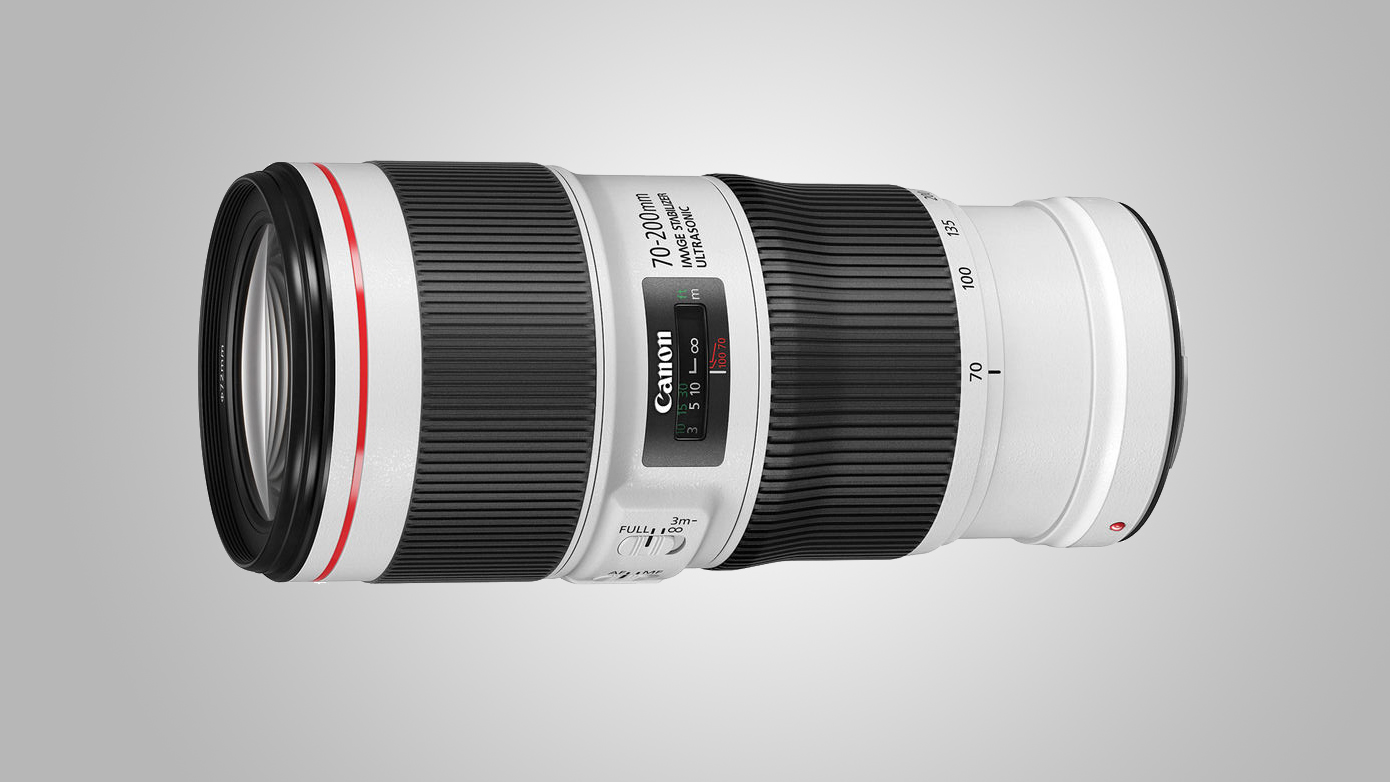The A to Z of Photography: Zoom range
The range of magnifications offered by a zoom lens

Zoom range is a big selling point for digital cameras and lenses. The average ‘kit’ lens sold with an entry-level DSLR or mirrorless camera will have a zoom range of 3x, a premium kit lens might have a 5x zoom range, while a superzoom lens will have a zoom range of 10x or more. But what does this actually mean?
Put simply, the zoom range is the difference in magnification from one end of the zoom range to the other. With a regular DSLR or mirrorless camera kit lens, the lens will offer 3x the magnification when you’re fully zoomed in compared to when the lens is zoomed right out.
This is easy to work out from the focal range of the lens. An 18-55mm kit lens has 3x the focal length at 55mm as it does at 18mm. Magnification and focal length are directly related – they’re two sides of the same coin.
At 18mm, your kit lens will give a wide angle of view and individual objects will appear quite small, but at 55mm objects will appear 3x larger but the angle of view captured by the lens will be 3x smaller.
Longer zoom ranges are often more desirable
Lenses with longer zoom ranges are often more desirable because they give you a greater range of magnifications without having to swap to another lens. A better kit lens might give you a zoom range of 18-70mm (about 4x) or 18-105mm (about 6x), while a superzoom lens could replace both your kit lens and a telephoto with a zoom range of 18-300mm (a massive 17x zoom range).

The focal length examples above are for APS-C camera systems. On full-frame cameras, or compact cameras with smaller sensors, the focal lengths will be different, but the same principle applies.
You’ll notice that the extra zoom range is always at the telephoto end of the scale. There are few lenses which extend the zoom range into wider focal lengths because this is more difficult and more expensive to do. As a result, a longer zoom range is only likely to prove useful if you regular take longer range telephoto shots.
Sign up for breaking news, reviews, opinion, top tech deals, and more.
This applies especially to ‘ultra zoom’ bridge cameras like the new Nikon Coolpix P1000, which has an incredible 125x zoom range. Its lens does not go any wider than many of its rivals, though, so the extra zoom range is all at the telephoto end of the scale, where you may only use its extreme magnifications once in a blue moon (or for actually photographing a blue moon).

Lenses with big zoom ranges also bring extra expense, weight and optical compromises which may not be worth it. Ultra-wide-angle zooms may have a zoom range of just 2x, because of the optical complexity of the design, while professional 70-200mm telephoto zooms have a zoom range of just under 3x because that’s the maximum that can be achieved while still maintaining the optical quality and constant f/2.8 maximum aperture that professionals require.
Amateur photographers are often swayed by long zoom ranges, but professionals will usually accept a shorter zoom range in exchange for a faster maximum aperture, lighter weight or better image quality.

Rod is an independent photographer and photography journalist with more than 30 years' experience. He's previously worked as Head of Testing for Future’s photography magazines, including Digital Camera, N-Photo, PhotoPlus, Professional Photography, Photography Week and Practical Photoshop, and as Reviews Editor on Digital Camera World.